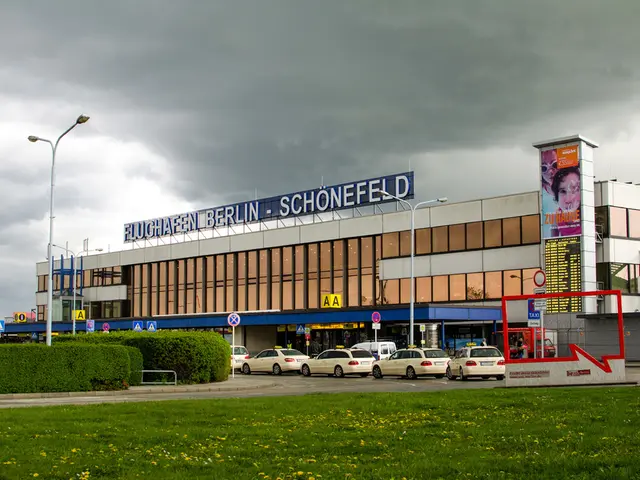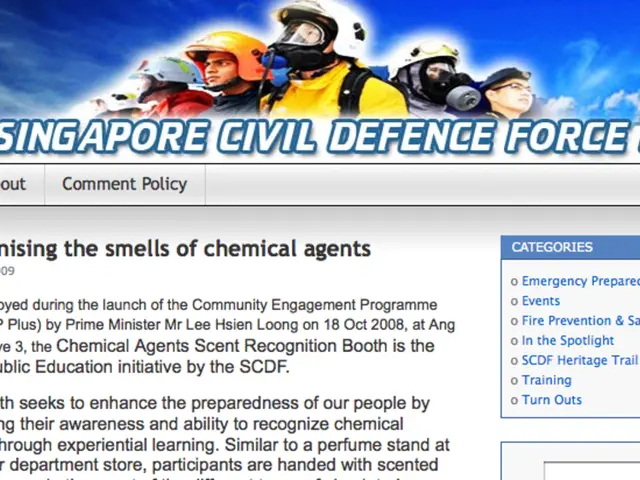Cebu Earthquake Leaves Dangerous Legacy of Sinkholes and Land Subsidence
The magnitude 6.9 earthquake that struck Cebu Province on Tuesday, Sept. 30, 2025, has left a dangerous geological legacy of sinkholes and land subsidence. The Mines and Geosciences Bureau (MGB) 7 has confirmed numerous instances of these hazards, particularly in areas around Cebu City and nearby municipalities. The bureau has issued high hazard ratings for these affected regions.
Sinkholes pose a serious threat to infrastructure and life, especially those caused by sudden cover collapse. They can expand over time, often triggered by heavy rainfall, changes in water table, or subsequent seismic activity. The town of Medellin is under a high subsidence hazard rating due to reported sinkholes. MGB 7 cautions against further development or community growth in identified areas to prevent triggering further collapse. The presence of sinkholes and large-scale land subsidence requires significant resources for geotechnical studies and hazard preparedness.
MGB 7 advises installing warning signs, restricting access to affected areas, and avoiding covering or backfilling sinkholes without expert recommendation. Land subsidence can occur rapidly during a major earthquake or through gradual sinkhole collapse.
The affected cities and municipalities in Cebu Province, including those close to the epicenter near Ponson Island and central Cebu, face an enduring threat from sinkholes and land subsidence. MGB 7's warnings and recommendations aim to mitigate risks and ensure public safety in these areas.
Read also:
- Rising state pension ages disproportionately impact a particular demographic, raising questions about the necessity of extending working years.
- Increase in mortality among seniors due to falls
- Inquiries Frequently Encountered
- Greece pursuing building techniques without the use of traditional heating methods







